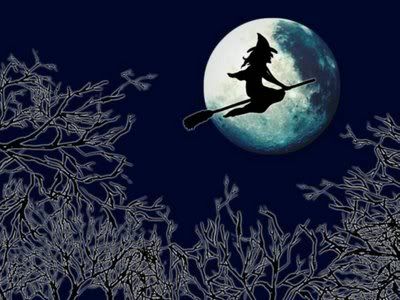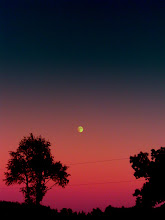
On All Hallows’ eve, the ancient Celts would place a skeleton on their window sill to represent the departed. Originating in Europe, these lanterns were first carved from a turnip or rutabaga. Believing that the head was the most powerful part of the body, containing the spirit and the knowledge, the Celts used the "head" of the vegetable to frighten off the embodiment of superstitions.Welsh, Irish and British myth are full of legends of the Brazen Head, which may be a folk memory of the widespread ancient Celtic practice of headhunting - the results of which were often nailed to a door lintel or brought to the fireside to speak their wisdom.
The name jack-o'-lantern can be traced back to the Irish legend of Stingy Jack, a greedy, gambling, hard-drinking old farmer. He tricked the devil into climbing a tree and trapped him by carving a cross into the tree trunk. In revenge, the devil placed a curse on Jack, condemning him to forever wander the earth at night with the only light he had: a candle inside of a hollowed turnip.
The carving of pumpkins is associated with Halloween in North America where pumpkins are both readily available and much larger- making them easier to carve than turnips. Many families that celebrate Halloween carve a pumpkin into a frightening or comical face and place it on their doorstep after dark. The American tradition of carving pumpkins preceded the Great Famine period of Irish immigration and was originally associated with harvest time in general, not becoming specifically associated with Halloween until the mid-to-late 19th century.
Origin of name
The term Halloween, originally spelled Hallowe’en, is shortened from All Hallows’ Even ("All Hallows' Eve") [eve is an abbreviation of even, an older word for evening.
Halloween gets -een as a contraction of even to e'en], from the Old English term eallra hālgena ǣfen meaning "All Hallow' Evening", as it is the eve of "All Hallows’ Day", which is now also known as All Saints’ Day.
It was a day of religious festivities in various northern European pagan traditions, until Popes Gregory III and Gregory IV moved the old Christian feast of All Saints’ Day from May 13 (which had itself been the date of a pagan holiday, the Feast of the Lemures) to November 1. In the 9th century, the Church measured the day as starting at sunset, in accordance with the Florentine calendar.
Although All Saints’ Day is now considered to occur one day after Halloween, the two holidays were, at that time, celebrated on the same day.
History
Halloween has origins in the ancient Celtic festival known as Samhain [pronounced: sow- wen]; from the Old Irish samhain, possibly derived from Gaulish samonios). The festival of Samhain is a celebration of the end of the harvest season in Gaelic culture, and is sometimes regarded as the "Celtic New Year".Traditionally, the festival was a time used by the ancient Celtic pagans to take stock of supplies and slaughter livestock for winter stores.
The ancient Celts believed that on October 31st, now known as Halloween, the boundary between the living and the deceased dissolved, and the dead become dangerous for the living by causing problems such as sickness or damaged crops. The festivals would frequently involve bonfires, into which the bones of slaughtered livestock were thrown. Costumes and masks being worn at Halloween goes back to the Celtic traditions of attempting to copy the evil spirits or placate them, in Scotland for instance where the dead were impersonated by young men with masked, veiled or blackened faces, dressed in white.


No comments:
Post a Comment